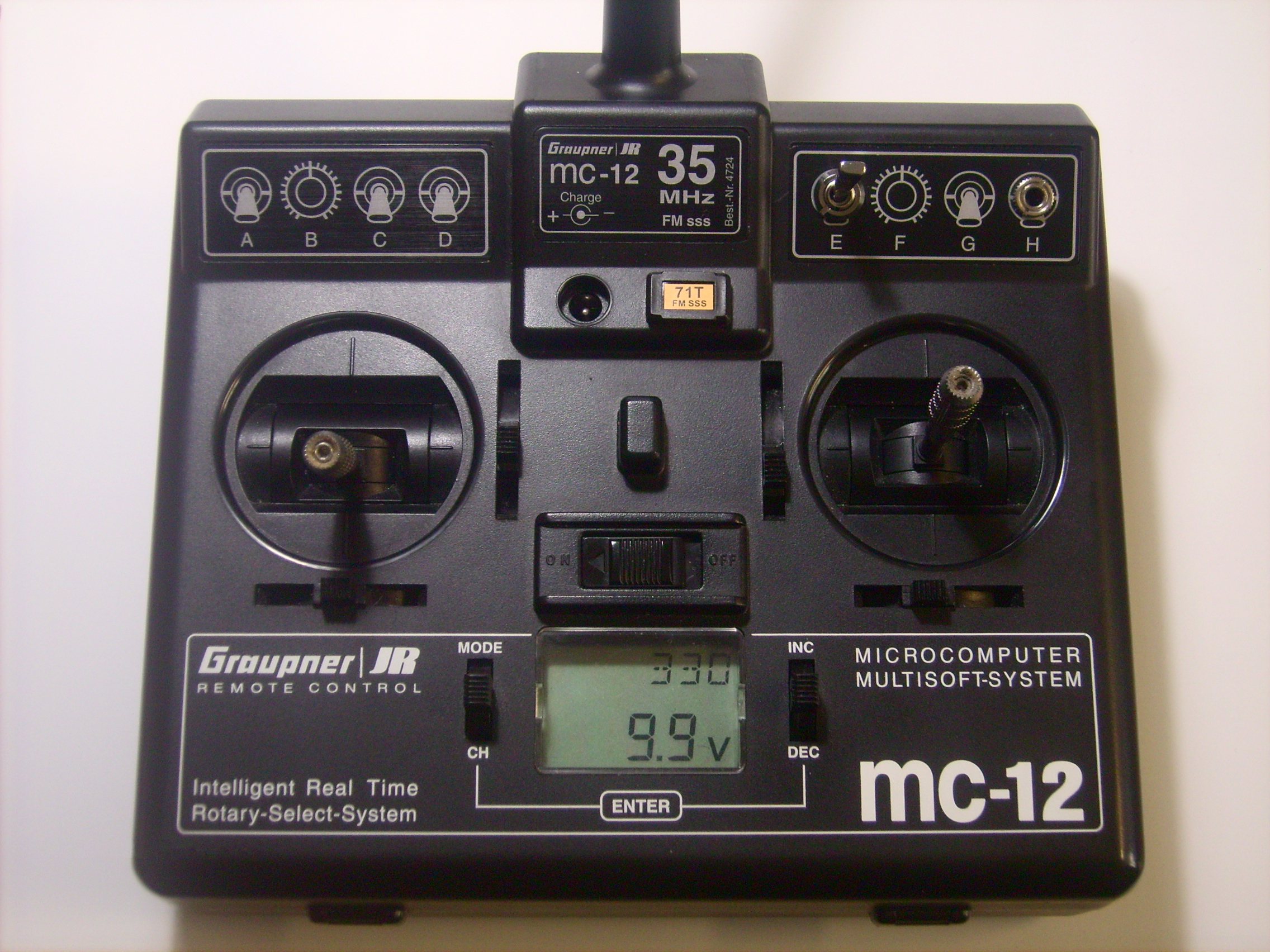Remote-controlled (RC) devices have brought a new level of excitement and versatility to hobbies and industries alike. At the heart of these machines lies a sophisticated communication system: the radio transmitter and receiver. In this blog, we’ll take a closer look at these crucial components and explore how they work together to bring RC vehicles and gadgets to life.
The Dynamic Duo: Radio Transmitters and Receivers
Radio Transmitters: Command Central
A radio transmitter is the handheld device held by the operator. It’s essentially the pilot’s control center, sending signals that dictate the actions of the RC device. These signals are transmitted wirelessly over radio frequencies.
Channels and Frequencies
Transmitters come equipped with multiple channels, each representing a specific function (e.g., throttle, steering, altitude, etc.). By manipulating these channels, operators can precisely control various aspects of the RC vehicle.
Modes and Switches
Many transmitters also have different modes and switches, which can modify how the controls operate. This allows for customization based on the pilot’s preferences and experience level.
Radio Receivers: Onboard Interpreter
The radio receiver is installed in the RC device itself. It receives the signals transmitted by the radio transmitter, interpreting them into commands that govern the vehicle’s movements.
Binding Process
Before flight, the receiver must be “bound” or synchronized with the transmitter. This ensures that the receiver will only respond to signals from its paired transmitter, preventing interference from other sources.
Channels and Servos
Similar to the transmitter, the receiver has channels that correspond to specific functions. These channels are connected to servos, which are small motors responsible for moving various components of the RC device (e.g., steering servos for cars, control surfaces for planes).
Fail-Safe Functionality
In the event of signal loss or interference, many receivers have a fail-safe feature. This instructs the RC device to perform a predefined action (e.g., returning to a hover or lowering the throttle) until the signal is reestablished.
Choosing the Right Equipment
Selecting a reliable radio transmitter and receiver is crucial for a successful and enjoyable RC experience. Factors like the number of channels, range requirements, and compatibility with the specific RC device should be taken into consideration.
Conclusion: Masters of the Airwaves
The seamless communication between radio transmitters and receivers is what empowers RC enthusiasts to take to the skies, tracks, or water with precision and control. Understanding how these components work together enhances not only the RC experience but also opens up avenues for customization and advanced maneuvers. So, the next time you witness an RC vehicle zooming down a track or soaring through the sky, you’ll have a deeper appreciation for the technology that makes it all possible. Happy piloting!
Thank you for reading this post, don't forget to subscribe our Youtube Channel.

